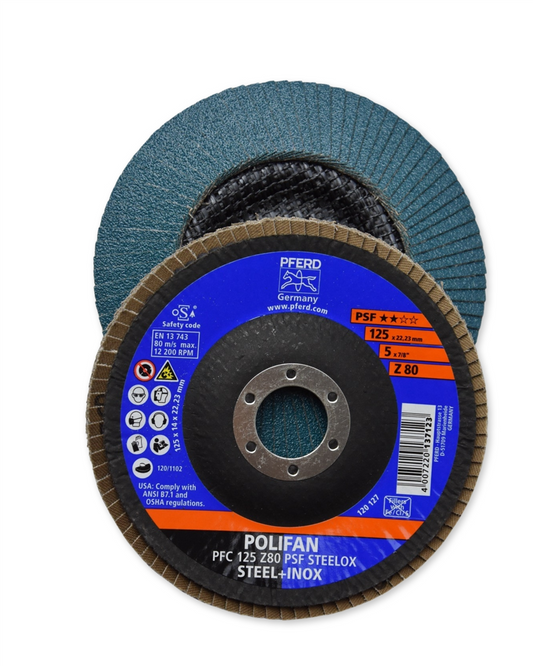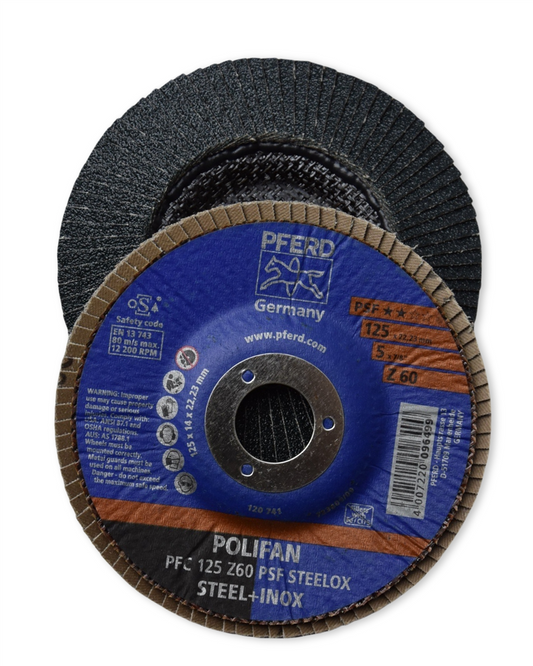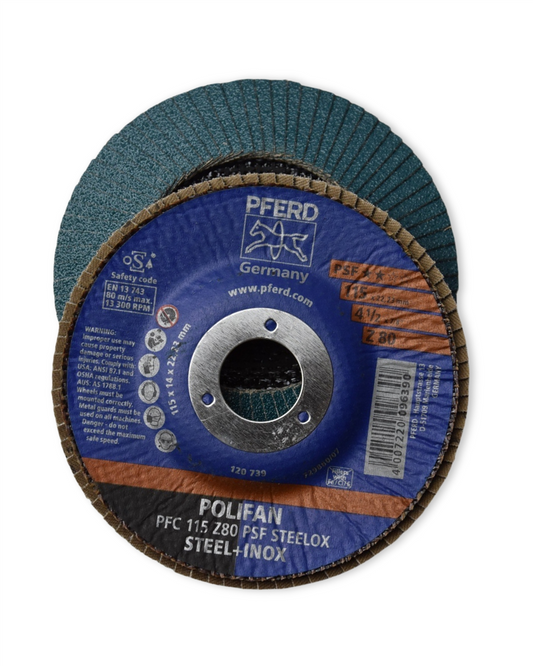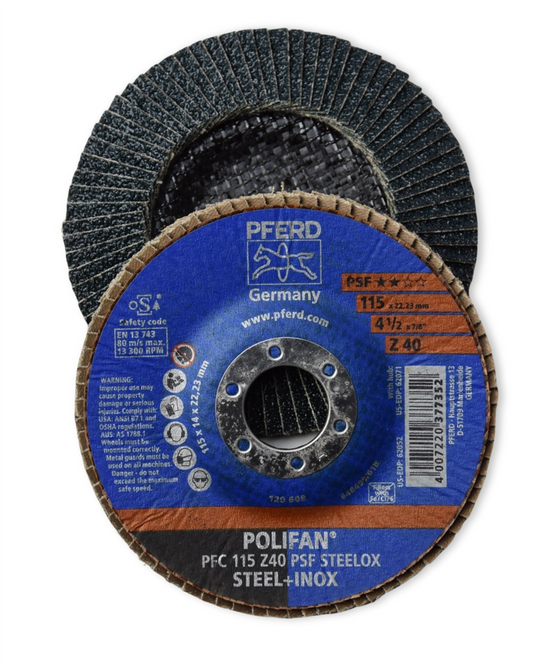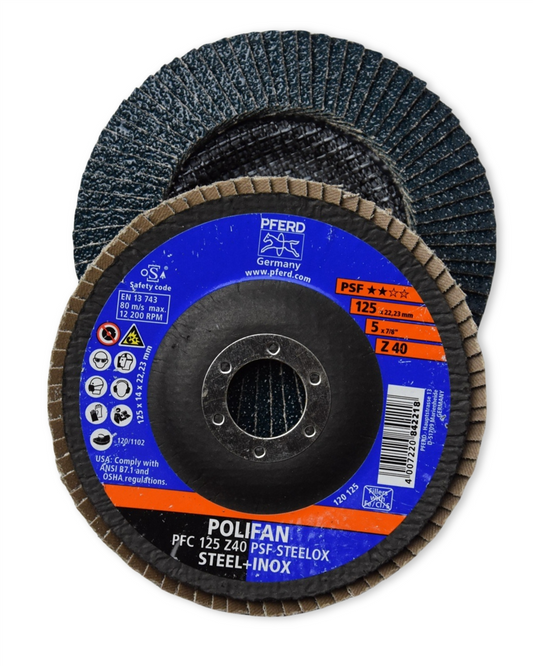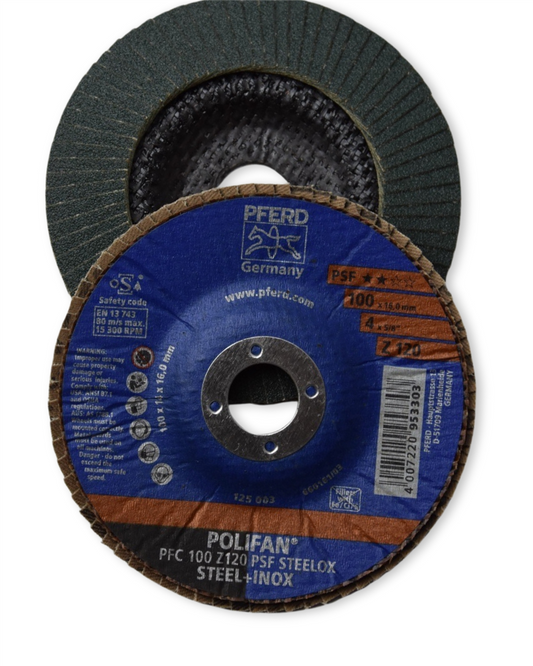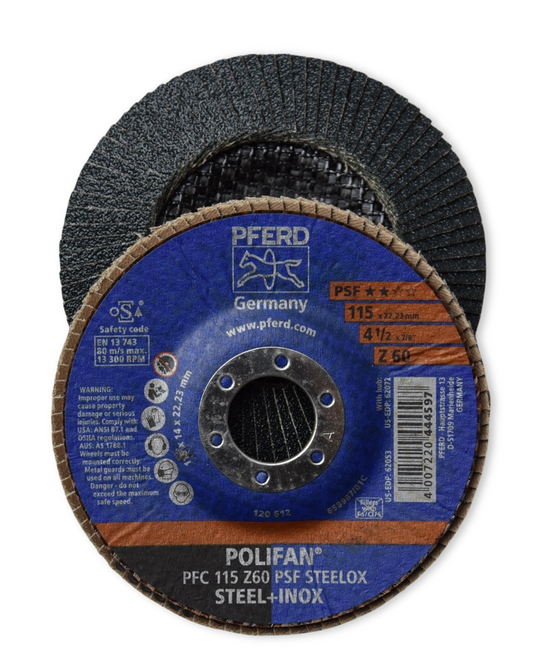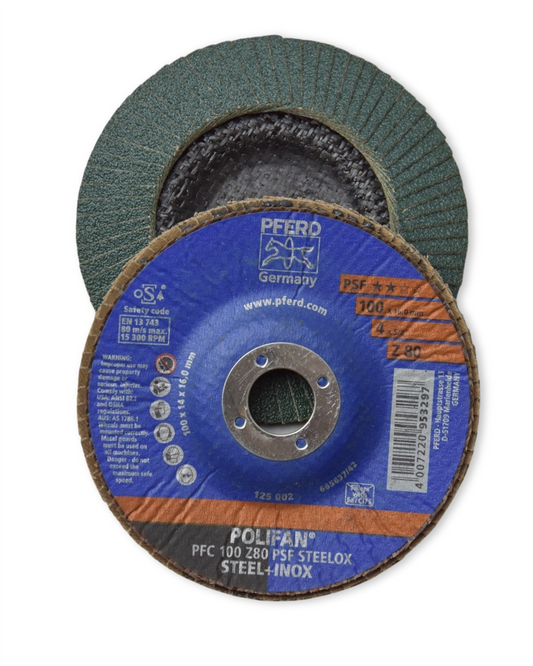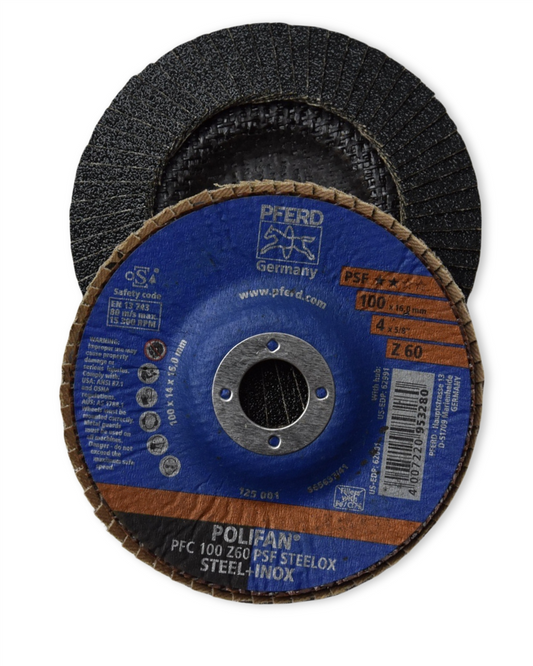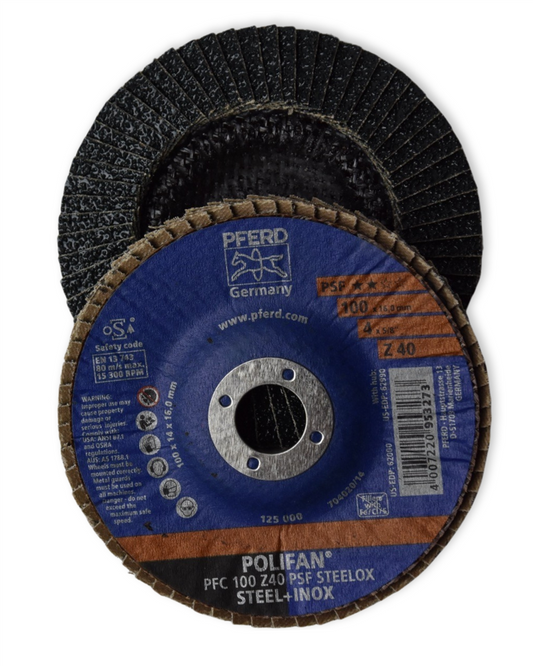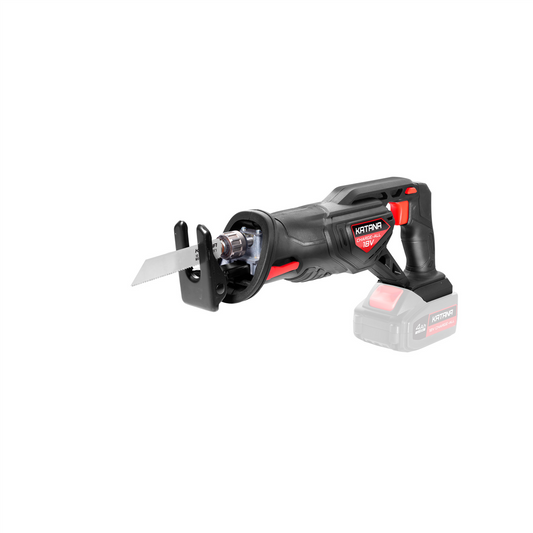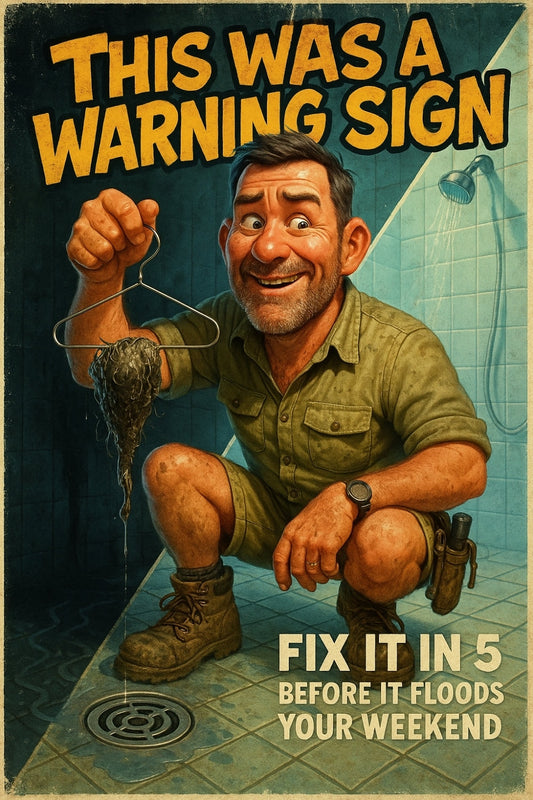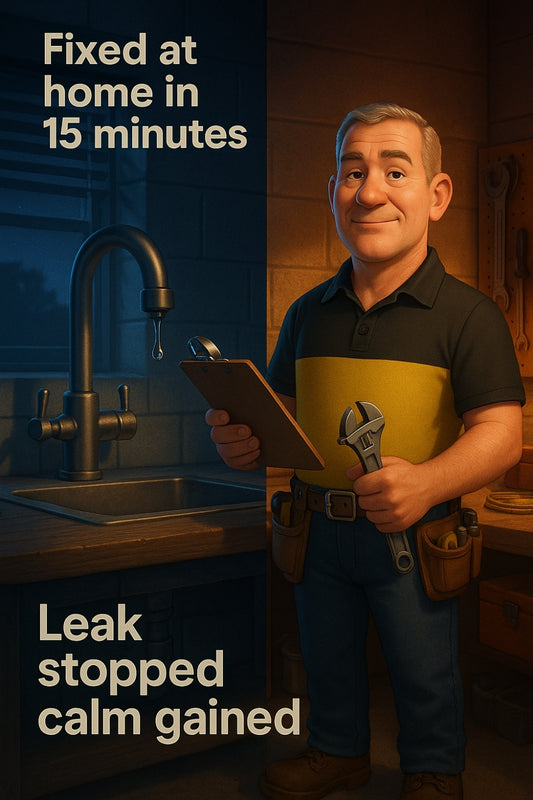How to Get Crisp, Clean Edges When Painting with Tape
Share
The Secret to Perfect Paint Edges: Mastering the Tape Trick
There’s nothing more satisfying than a fresh coat of paint bringing new life to a room—except when you peel off the tape and discover wonky, uneven lines. Talk about a buzzkill! Luckily, there’s a way to stop paint from bleeding under the tape, leaving you with crisp, clean edges that would make a professional painter jealous. Let’s dive into the secrets of tape mastery.
Choose the Right Tape
Not all tapes are created equal. That old roll of masking tape you found in the back of the junk drawer? Toss it. For sharp lines, go for high-quality painter’s tape. It’s designed to seal well without damaging surfaces when removed. If you’re working on delicate walls, a low-tack version might be your best bet.
Prep Your Surface
The enemy of a clean line is dirt and dust. Even the best tape can’t stick properly if the surface is greasy or dusty. Before taping, wipe down walls with a damp cloth and let them dry completely. For extra grip, press firmly along the tape’s edges to ensure it’s sealed tight.
The Magic Trick: Seal the Tape Edge
Now, here’s the real game-changer. Once your tape is in place, take a small brush and lightly paint over the tape edge with the base colour of the wall. This acts as a seal, stopping your new paint colour from seeping underneath the tape. Let it dry before applying your final colour. When you peel the tape off, you’ll be left with flawless lines.
Apply Paint Correctly
A heavy hand can doom even the best taping job. Use a roller or brush with light, even strokes, always painting away from the tape rather than into it. Too much pressure forces paint under the edge, which ruins your sharp line. Patience is key—apply multiple thin coats rather than slapping on one thick layer.
Remove the Tape Like a Pro
Timing is everything! Don’t wait until your paint is fully dry, or the tape might pull bits of it off. The best time to remove it? When the paint is just slightly tacky. Pull it off at a 45-degree angle, nice and slow. If you've left it too long and it’s sticking, run a utility knife along the edge before peeling it away.
What If It Goes Wrong?
If you spot a bit of bleeding, don’t panic. A steady hand and a small detail brush can fix most mishaps. Simply touch up any wobbly edges with a thin line of wall colour. No one will ever know.
Now, armed with these tape tricks, you’re ready to tackle your next DIY project with confidence. No more jagged lines or messy edges—just a perfectly polished finish every time.
Happy painting!
Candeece

Stay Connected
Follow our Facebook Page: Strathalbyn H Hardware on Facebook

